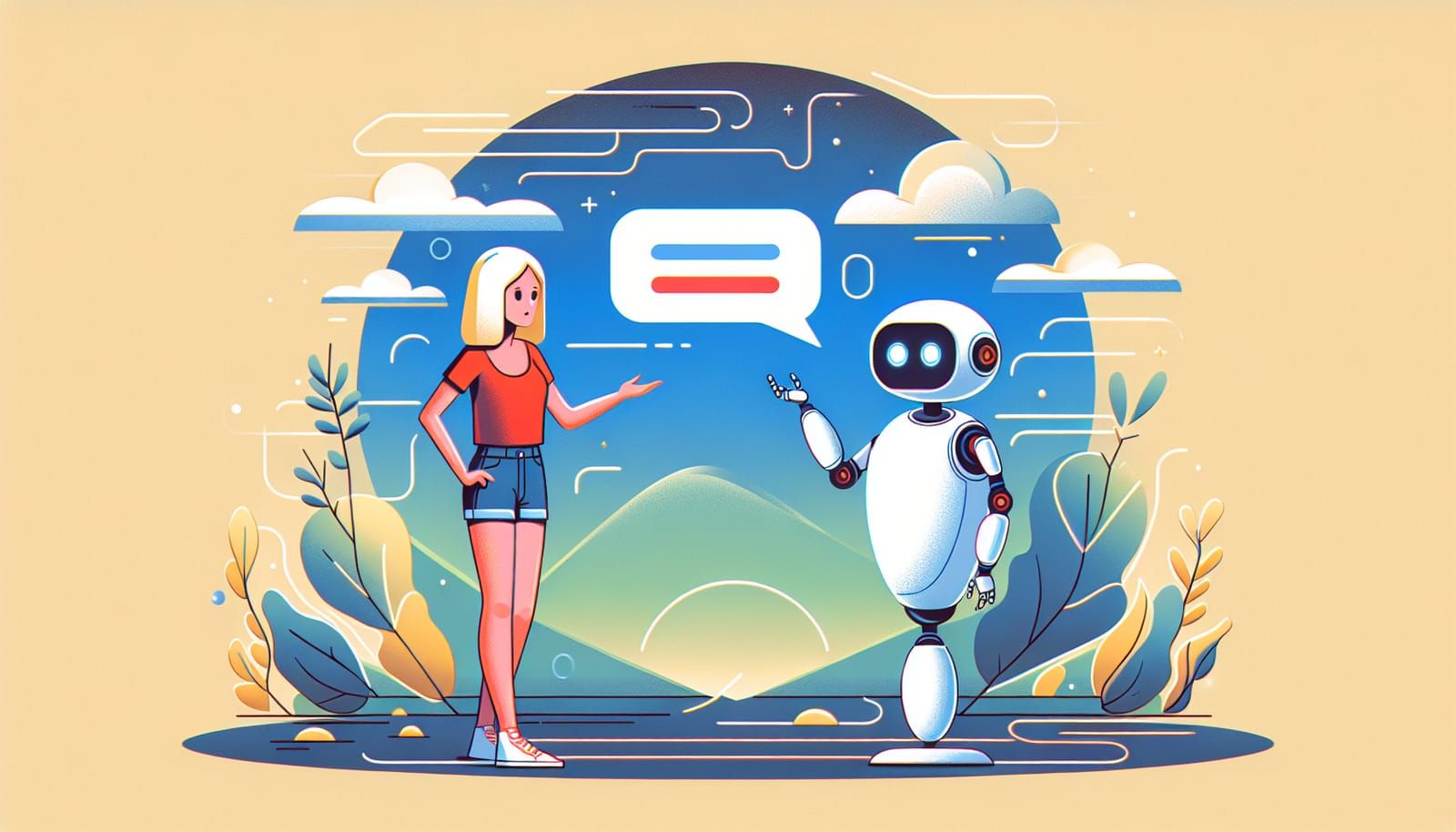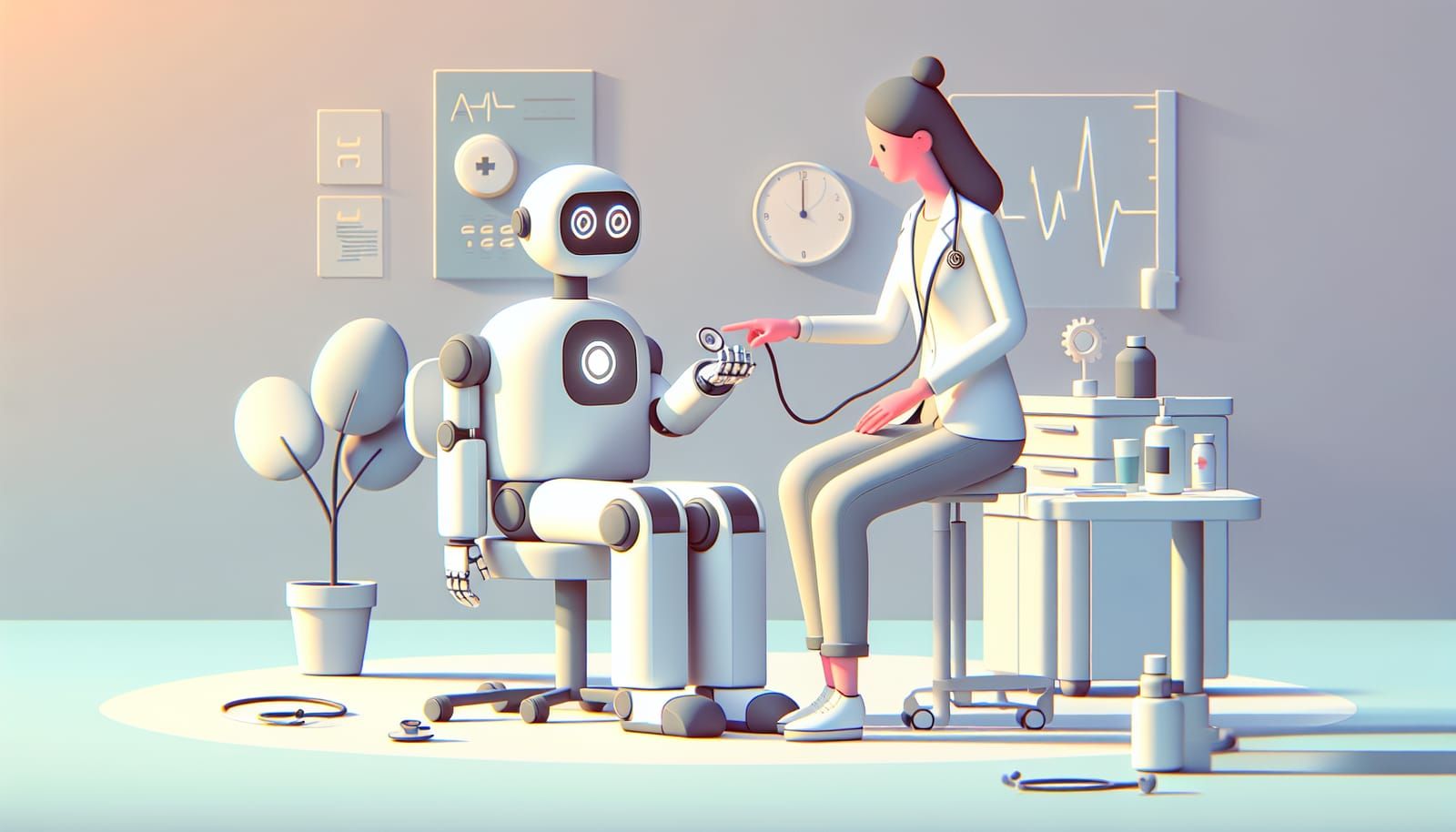Transportation is a vital part of our daily lives. From the moment we step outside to catch a bus or drive to school, we rely on various modes of transport to reach our destinations. But what if we could make these journeys even smoother and safer? Enter Artificial Intelligence (AI). In this article, we will explore how AI is transforming transportation, from smart maps that guide our routes to innovations that enhance road safety.
The Magic of Smart Maps
Imagine if your map could not only show you how to get from point A to point B but also predict the best time to leave based on traffic conditions and weather. This is where AI comes into play! Smart maps use AI algorithms to analyze a vast amount of data, including traffic patterns, road conditions, and even accidents.
When you use a navigation app like Google Maps or Waze, the AI processes real-time information to suggest the fastest route. If there’s a traffic jam, it can reroute you to avoid delays. It's like having a personal traffic assistant in your pocket!
Autonomous Vehicles: The Future of Driving
Now, let’s dive into one of the most exciting applications of AI in transportation: autonomous vehicles, or self-driving cars! These vehicles are equipped with sensors, cameras, and advanced AI technology that allows them to navigate without human input.
Imagine sitting in a car that can drive you to school while you read a book or listen to music. Autonomous vehicles use AI to interpret their surroundings, recognize obstacles, and make split-second decisions, similar to how a human driver would.
The development of self-driving cars is not just about convenience; it also aims to improve road safety. With AI at the helm, human errors—like distracted or impaired driving—can be significantly reduced.
Enhancing Public Transportation
AI is also making public transportation more efficient and user-friendly. For instance, many cities are now using AI to optimize bus and train schedules. By analyzing data on ridership patterns, weather, and events, AI can help transportation authorities determine when and where to deploy more vehicles.
This means you won’t have to wait as long for your bus or train, making traveling more convenient for everyone. Some public transport systems even use AI chatbots to provide real-time updates on delays or changes in service, keeping passengers informed and reducing frustration.
Smart Traffic Management Systems
Have you ever sat in traffic, wondering why the lights are red when no cars are coming? AI is changing that too! Many cities are implementing smart traffic management systems that use AI to monitor and control traffic signals.
These systems can analyze traffic flow and adjust signal timings in real time to minimize congestion. For example, if a lot of cars are waiting at a red light, the AI can change the signal to green sooner, helping everyone get moving. This not only saves time but also reduces emissions from idling vehicles, making our air cleaner!
Predictive Maintenance for Vehicles
Another amazing use of AI in transportation is predictive maintenance. This technology helps keep vehicles in great shape by using AI to predict when a vehicle might need repairs.
For example, sensors in a bus can collect data on its performance, such as engine temperature or brake wear. The AI analyzes this data and can alert maintenance teams before a breakdown occurs. This proactive approach ensures that vehicles are safe and reliable, reducing the chances of accidents caused by mechanical failures.
The Role of AI in Logistics
AI is not just about personal transport; it’s also revolutionizing logistics—the process of moving goods from one place to another. Companies like Amazon and UPS use AI to optimize their delivery routes, ensuring packages arrive at your doorstep as quickly as possible.
AI can analyze factors like traffic, weather, and delivery schedules to determine the most efficient routes for delivery vehicles. This helps reduce costs, save time, and minimize the environmental impact of shipping.
AI and Road Safety
One of the most important applications of AI in transportation is improving road safety. AI technologies like computer vision and machine learning can help identify potential hazards on the road. For example, some AI systems can detect pedestrians, cyclists, and other vehicles, helping to prevent collisions.
Moreover, AI can analyze accident data to identify dangerous intersections or road conditions. By understanding these trends, city planners can make informed decisions to improve infrastructure and implement safety measures, such as additional signage or traffic lights.
The Environmental Impact of AI in Transportation
AI is also playing a crucial role in creating more sustainable transportation solutions. By optimizing routes and improving vehicle efficiency, AI helps reduce carbon emissions. Electric vehicles (EVs), powered by AI, are becoming increasingly popular, contributing to a cleaner environment.
AI algorithms can also enhance the performance of public transportation systems, encouraging more people to use buses and trains instead of cars. When public transit is efficient and reliable, more people are likely to choose it over personal vehicles, leading to less traffic and pollution.
Conclusion: A Bright Future Ahead
As we’ve explored in this article, AI is transforming transportation in countless ways. From smart maps and autonomous vehicles to enhanced public transport and road safety measures, the impact of AI is profound and far-reaching.
The future of transportation looks bright, with AI leading the charge toward safer, smarter, and more efficient travel. So, whether you’re hopping on a bus, driving to school, or ordering a package online, remember that AI is working behind the scenes to make your journey easier and more enjoyable.
The next time you travel, think about the amazing technologies at play and how they’re shaping our world. With AI, the possibilities are endless, and the road ahead is filled with exciting innovations!


